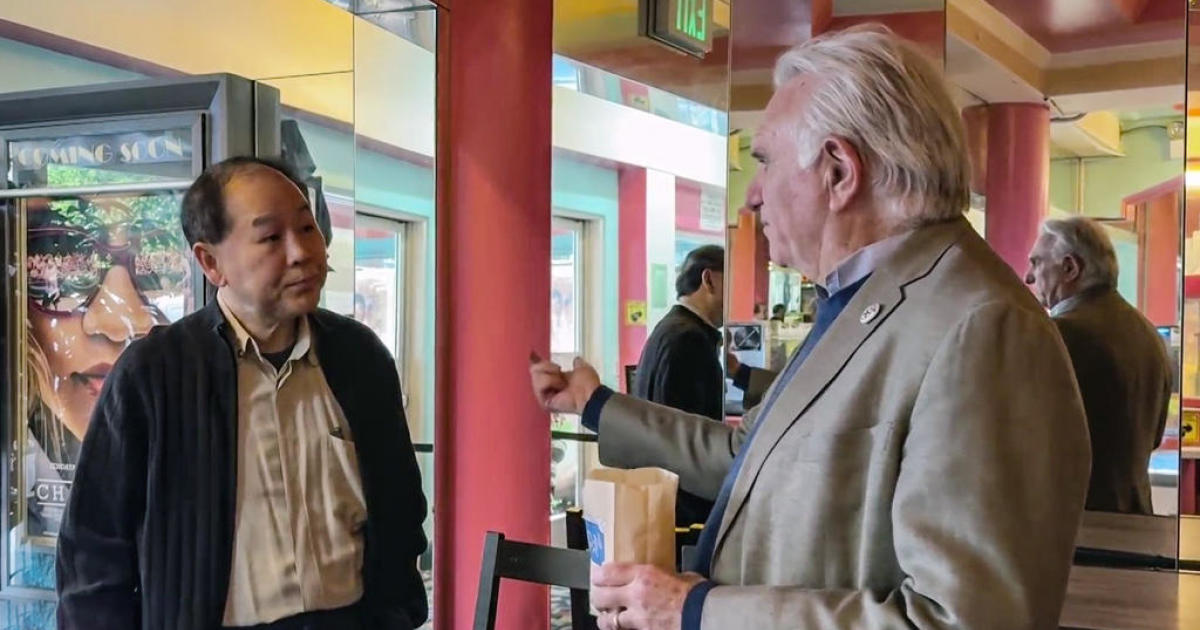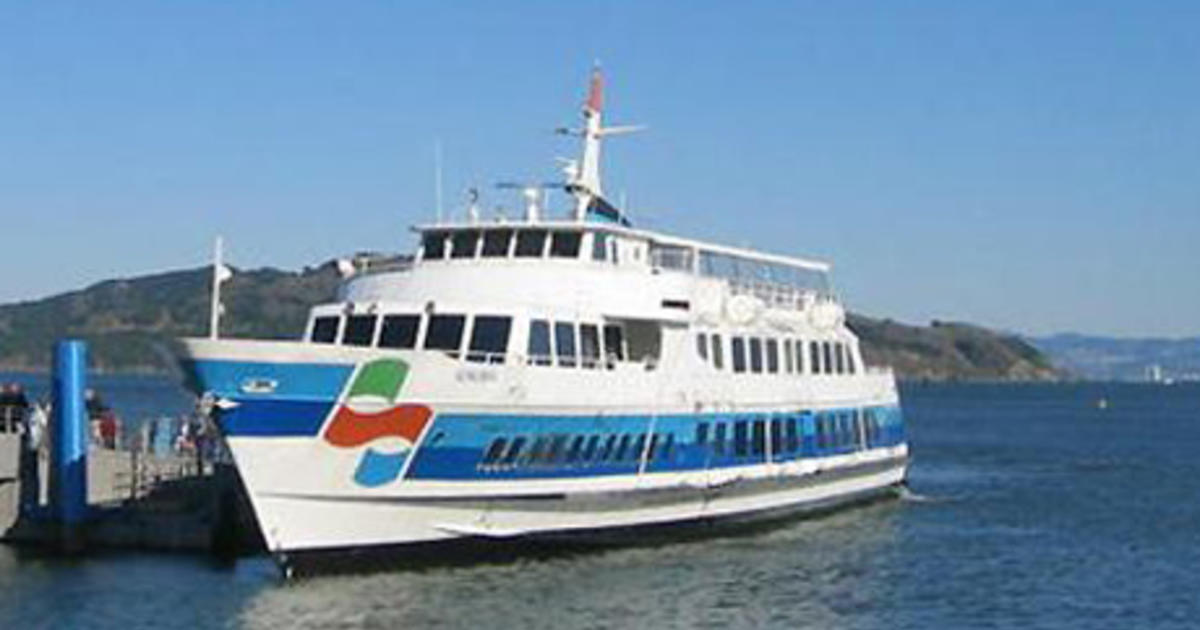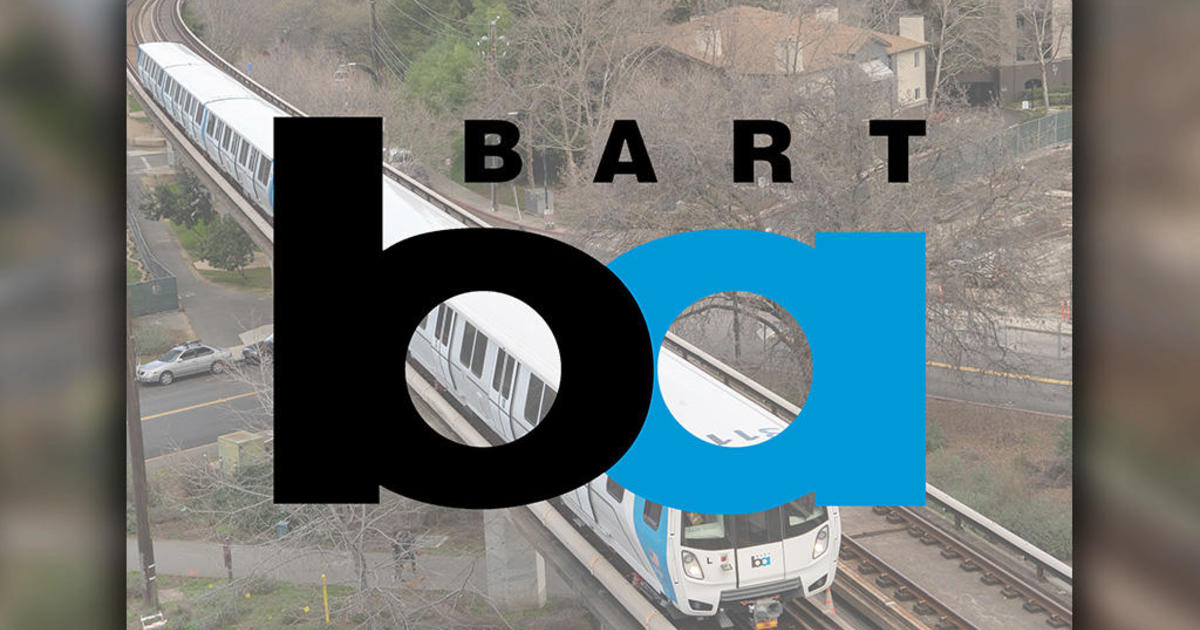Where to get the best view of the Perseids meteor shower in the San Francisco Bay Area
One of the most highly anticipated annual meteor showers will be especially visible this weekend, if you know where in the Bay Area to try to watch the Perseids as they peak.
The meteor shower began on July 14 and will continue until September 1, according to the American Meteorological Society. The highest number of visible meteors is expected in the early, pre-dawn hours of Saturday, Aug. 12. This year, the viewing won't be hindered by a full moon as it was last year.
The Perseids are considered the "best meteor shower of the year" by NASA, with about 50 to 100 meteors seen per hour under ideal conditions. The Perseids are also known to create fireballs, which are larger explosions of light and color that can last longer than an average meteor streak, NASA says.
The Perseids are particles released from comet 109P/Swift-Tuttle, which was discovered in 1862 by Lewis Swift and Horace Tuttle. The comet orbits the sun once every 133 years, last passing through the inner solar system in 1992. According to NASA, the peak of the meteor shower happens as the Earth passes through the dustiest debris of Swift-Tuttle's trails.
The meteor shower's radiant — the area of the sky from which the meteors appear to originate — is located near the constellation of Perseus, the American Meteorological Society said, giving it the name of Perseids. While many meteors will appear to emerge from the northeastern sky where that constellation is located, meteors can appear in any part of the sky.
A deep marine layer is likely to make fog an issue along the coast Friday night and Saturday morning unless there are available locations at an elevation above the fog. The best locations in the Bay Area for viewing will be inland. Mount Diablo and Fremont Peak in the East Bay, Mount Hamilton in the South Bay and most higher elevations in the North Bay are all good options for viewing the Perseids.
While the Chabot Space and Science Center has a viewing event scheduled to start late Friday night, it is sold out. As with most celestial events, viewers are advised to find a site with clear sky as far from city lights as possible. Lying on a blanket out in a grassy field on a hilltop is one suggestion. Meteors are best seen with the unaided eye, so using binoculars or telescopes is not recommended.




